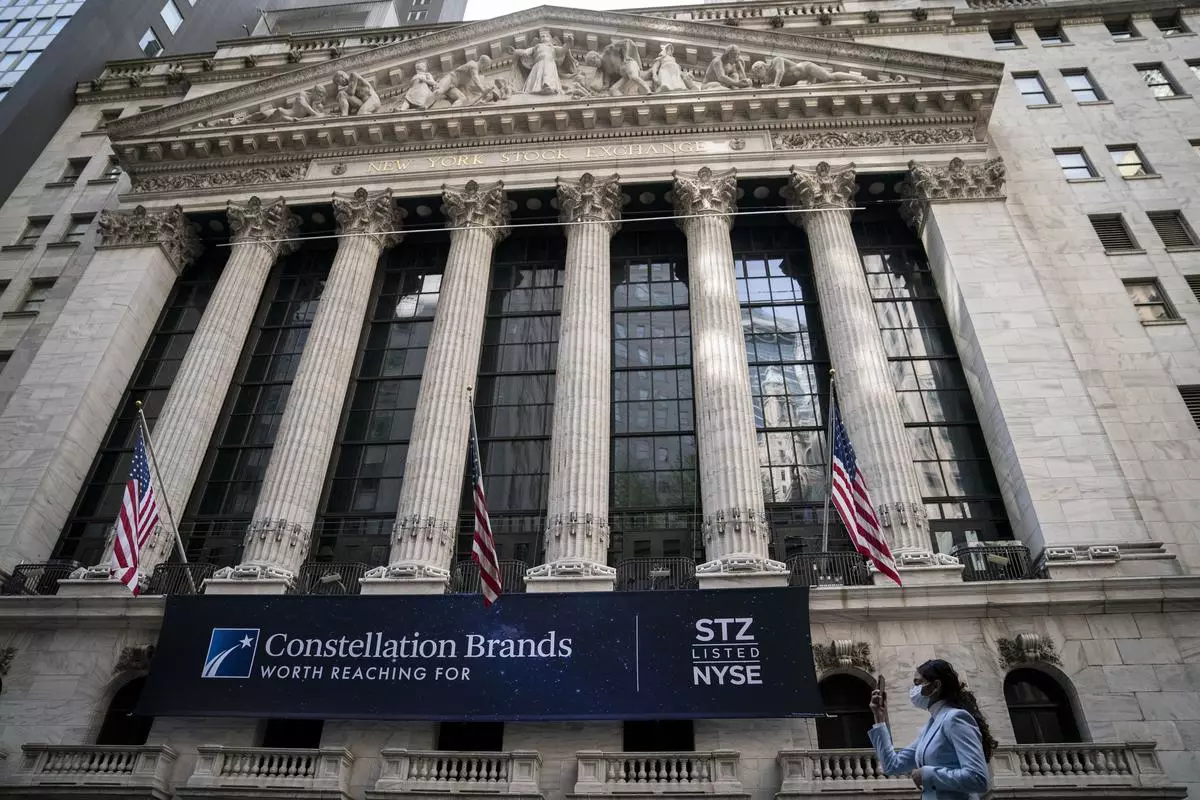by PRABHAT PATNAIK

The US dollar’s dominance is being challenged like never before in the last half-century.
Capitalism requires a stable medium for holding wealth—stable in the sense that the prices of commodities in terms of this medium must not be expected to rise “too much” (that is, at a rate higher than the “carrying cost” of commodities, for then commodities themselves will become the medium of wealth-holding). Gold has historically played this role, or some currency convertible to gold at a fixed rate, that is, some currency “as good as gold”. The pound sterling in the pre-war years had been one such currency; and the dollar under the post-war Bretton Woods system has been another.
Even after the convertibility of the dollar into gold was officially ended towards the end of the Bretton Woods system, the dollar continued to be considered by the world’s wealth-holders to be “as good as gold” because the dollar prices of goods in general were expected to be relatively stable. This was because the unit wage cost in the US (that is, money wage divided by labour productivity) was expected to be relatively stable, as was the dollar price of the most important current input, oil, notwithstanding its short-term dollar price fluctuations. The pre-eminence of the dollar owed so much to the stability of the dollar price of oil that the world may be said to have been on an “oil standard” of late, reminiscent of the Gold Standard of the old days.
The United States, however, has upset this entire arrangement underlying the supremacy of the dollar, because of the sanctions it has imposed, along with the European Union, on Russia following upon the Ukraine war. In effect, the Western powers have scored several self-goals, one of which is the weakening of the dollar. (Europe’s closure of factories because of the absence of Russian natural gas is another, not to mention Europe’s prospect of freezing in the coming winter months.) Ironically, the sanctions were imposed with the confidence that the “rouble will be reduced to rubble” in no time, bringing Russia to its knees; and in the beginning it appeared that this prognostication had been right. The financial sanctions that basically constrained Russia from bringing back home the dollars it earned through its exports meant a dollar shortage in Russia that pushed up the price of the dollar against the rouble to astronomical heights. From a price of around 77 roubles in mid February 2022, the dollar rose to 136 roubles in mid March 2022.
Dollar vs Rouble: Western miscalculation
Then two things happened: first, to stem the fall of its currency, Russia declared that it would sell oil in future only against rouble payments; and, second, the reduction in the volume of Russian oil exports, even though it was small, enabled speculative activity to push up the dollar price of oil in the world market. Both these developments contributed to a decline in the value of the dollar vis-à-vis the rouble. The insistence on rouble payment for oil did so for obvious reasons; and the rise in the dollar-price of oil did so because the dollar price of a barrel of oil suddenly went up relative to its rouble price.
This Western miscalculation has been a product of sheer hubris. First, it was believed that sanctions could be simultaneously imposed on any number of countries with impunity; at this very time, apart from Russia, several other countries like Iran and Venezuela (both oil producers), not to mention Cuba, are the victims of Western sanctions. Second, it was believed that a country as large as Russia, which accounts for 10 per cent of the world’s oil production and meets a substantially larger share of Europe’s oil needs, would be as helpless as the smaller victims of sanctions (and even the smaller countries have by no means been brought to their knees by these sanctions). And third, it was believed that most countries of the world would fall in line with the Western diktat. In fact, however, not only China, but a host of other countries including India, Pakistan, Bangladesh and Indonesia have carried on trade with Russia despite the Western sanctions.
So significant was the turnaround that on September 20, a dollar exchanged for 62 roubles, a far smaller figure than when the Ukraine war began. And because of the rise in the dollar price of oil in the world market, Russia’s export earnings have increased despite lower export volumes. The higher oil price is also a major contributor to the acceleration in the inflation rate in the U.S., for controlling which, given the confines of orthodox economic thinking, a recession is being engineered in that country and elsewhere, which would involve a significant increase in the unemployment rate.
Frontline for more
